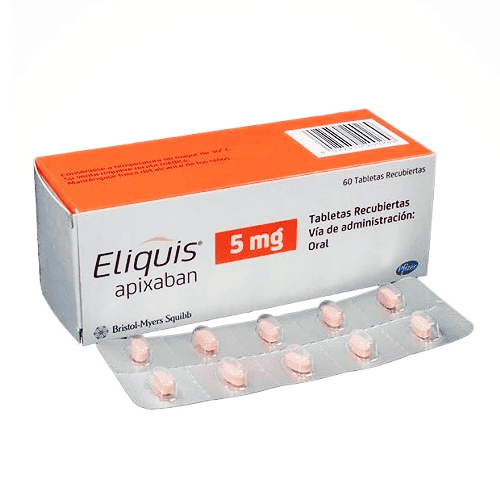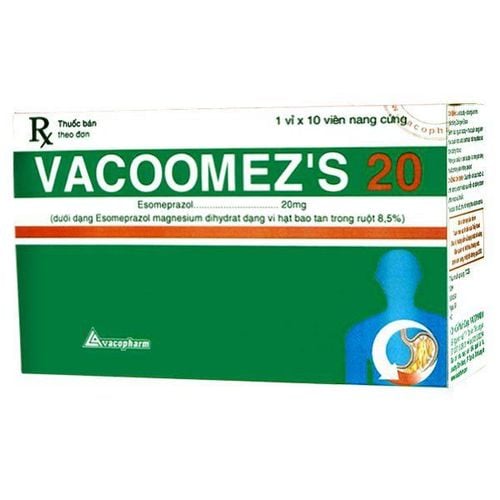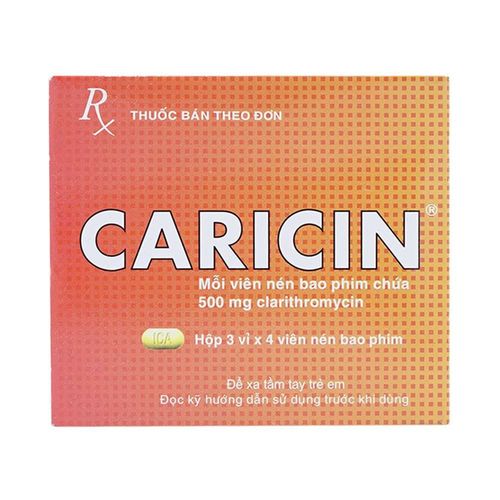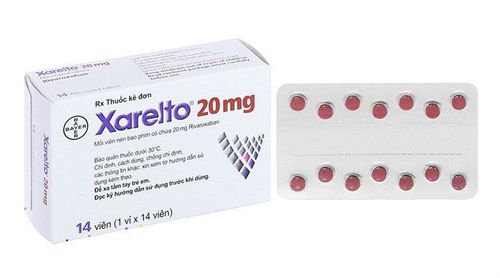This is an automatically translated article.
The article was written by MSc Tran Hong Nhat - Interventional Cardiologist, Cardiology Center - Vinmec Central Park International General HospitalVTE prevalence is high in the elderly, especially in elderly hospitalized patients, in the UK about 10% of deaths in hospital due to VTE . About 25% of patients with symptomatic deep vein thrombosis leave leg ulcers (postthrombotic syndrome).
1. Frequency of venous thromboembolism
The most serious complication of VTE is pulmonary embolism. Mortality from pulmonary embolism is about 30% if left untreated. With appropriate treatment of pulmonary embolism, the mortality rate is about 2%. The diagnosis of venous thromboembolism is often delayed because the symptoms are not clear and the physician is less likely to think about it.
Venous thromboembolism is common in the elderly, the incidence of VTE (including Deep Vein Thrombosis and Pulmonary Embolism) increases linearly with age in the 65-69 age group, in the UK about 1.3% to 1.8% and increases to about 2.8% to 3.1% in the 85 - 89 age group.
In elderly patients with a history of VTE, The incidence of pulmonary embolism is 2% to 8% in one year. Diagnosis is often missed in the elderly and is sometimes diagnosed only after the patient has died.
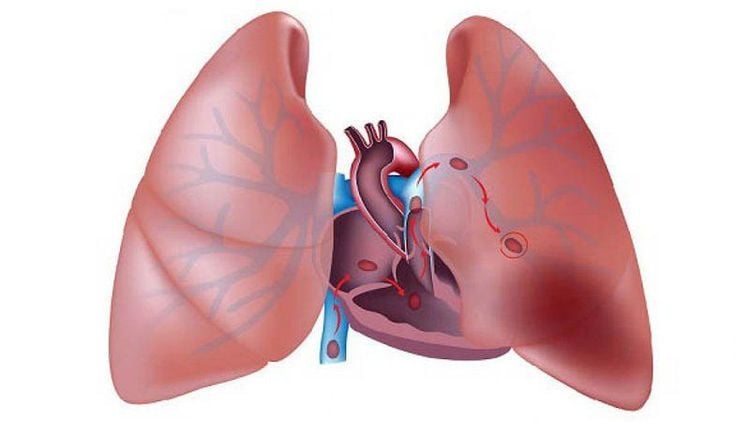
2. VTE risk factors
Risk factors for venous thromboembolism have long been diagnosed (table 1). Many risk factors are very common in the elderly, especially elderly patients who are hospitalized and have had orthopedic surgery (eg, immobilization, femur fracture, stroke, cancer). Hospitalization is a high risk factor for VTE (135 times higher than in the community).
The greatest risk of venous thromboembolism is in hospitalized medical patients, the rate is about 70% - 80%. In Europe, about one-third of postoperative patients develop VTE without prophylaxis.
Table 1: Risk factors for VTE
| Nguy cơ trung bình: |
* Tiểu phẫu ( <30 phút ) và không có nguy cơ khác ngoài cao tuổi. * Chấn thương nhẹ hoặc bệnh nội khoa nhẹ |
| Nguy cơ trung bình: |
* Phẫu thuật lớn như tổng quát, tiết niệu, tim mạch, lồng ngực, mạch máu, thần kinh, tuổi lớn hơn 40 hoặc có yếu tố nguy cơ khác. * Bệnh nội khoa nặng hoặc ác tính. * Chấn thương nặng hoặc bỏng nặng. * Phẫu thuật, chấn thương nhỏ hoặc bệnh nội khoa nhẹ ở bệnh nhân có tiền căn thuyên tắc huyết khối tĩnh mạch hoặc tình trạng tăng đông |
| Nguy cơ cao: |
* Bất động kéo dài. * Lớn hơn 60 tuổi. * Tiền căn thuyên tắc huyết khối tĩnh mạch hoặc thuyên tắc phổi. * Ung thư tiến triển. * Suy tim mạn. * Nhiễm trùng cấp (ví dụ viêm phổi) * Bệnh phổi mạn. * Liệt chi dưới (kể cả đột quỵ) * BMI > 30kg/m2 * Phẫu thuật gãy xương hoặc phẫu thuật chỉnh hình lớn chậu, háng hoặc chi dưới. * Phẫu thuật lớn ung thư chậu, bụng. * Chấn thương lớn. * Đoạn chi dưới. |
3. Clinical manifestations and diagnosis of deep vein thrombosis in elderly patients
One leg swelling is most common in the elderly; Calf pain is also occasional. Often the patient has had orthopedic surgery, has a stroke, or has some other medical condition. Occasionally also experience anorexia, weight loss or other symptoms suggestive of cancer; however, most often there are no symptoms.
Clinical diagnosis is often difficult due to vague physical symptoms in the elderly. Patients may not complain of leg swelling due to dementia or speech disorders. Clinical diagnosis is based on swelling of one leg, warm skin, possibly with bulging superficial veins just below the skin. There may be pain in the calf area. Swelling of the lower extremity 2 cm larger than the healthy limb should suggest deep vein thrombosis unless otherwise diagnosed.
Doppler ultrasound is used first for diagnosis with 96% sensitivity and 98% specificity in proximal deep vein thrombosis (from the popliteal vein upwards in the pelvis). Contrast angiography is the gold standard for diagnosis of deep vein thrombosis, only used when clinical suspicion is high and Doppler ultrasound is negative. D-dimer (fibrin-degrading agent) has good negative predictive value, used only in the diagnosis of exclusion in patients at low risk of DVT.
For the most accurate D-dimer test results you should note a few things:
Do not eat or drink for 8 to 12 hours before the test. Stop using drugs, supplements or blood to avoid affecting test results Vinmec International General Hospital provides comprehensive, professional medical examination, consultation and treatment services, civilized medical examination and treatment space, polite, safe and maximum sterilization. Customers when choosing to perform tests here can be completely assured of the accuracy of test results.
Please dial HOTLINE for more information or register for an appointment HERE. Download MyVinmec app to make appointments faster and to manage your bookings easily.
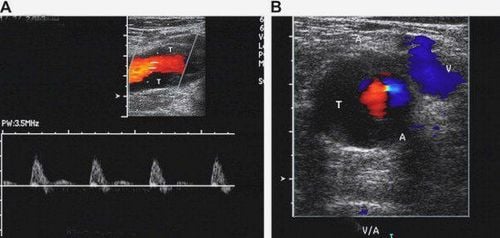
4. Disease prevention
Many elderly hospitalized patients are at risk of venous thromboembolism. Patients with stroke, pelvic fracture or orthopedic surgery are at high risk. However, prevention rates are low even in western countries from 13% to 64%. Preventive treatment is particularly lower in medical patients. Preventive treatment reduces the risk of thromboembolism in many studies.
According to the recommendations of the American College of Chest Physicians (ACCP American College of Chest Physicians) can use LMWH or unfractionated heparin, fondaparinux for the preventive treatment of acute medical patients in hospital. Patients with contraindications can use compression stockings or intermittent compressions.
Many studies show that prophylactic treatment with anticoagulants reduces symptomatic VTE without increasing major bleeding compared with the control group.

5. Some points to note in the elderly in venous thromboembolism
Venous thromboembolism is an important cause of death and morbidity in the elderly. There have been many advances in diagnosis and treatment. Regardless of the progress in treatment, early diagnosis and close follow-up help reduce mortality and sequelae for the elderly. Some summary points to note:
Venous thromboembolism is an important cause of death in hospitalized patients and is more common in the elderly. Common risk factors for venous thromboembolism in the elderly include immobility, fracture, and stroke. Elderly people who have had a stroke or have had orthopedic surgery with sudden shortness of breath, chest pain, or fainting need to think of pulmonary embolism. Computed tomography of the pulmonary artery is the imaging technique that comes to mind first when pulmonary embolism is suspected. For the prevention and initial treatment of deep vein thrombosis and pulmonary embolism, the drug of first choice is low-molecular-weight heparin (commonly used today, enoxaparin). The elderly are more sensitive to the anticoagulant effects of warfarin. Many studies confirm an association between the degree of anticoagulant effect and the risk of bleeding. In patients with major pulmonary embolism, treatment consists of thrombolytics and surgical embolectomy. Early diagnosis and careful follow-up during treatment will reduce mortality and morbidity from venous thromboembolism in the elderly.
Please dial HOTLINE for more information or register for an appointment HERE. Download MyVinmec app to make appointments faster and to manage your bookings easily.






